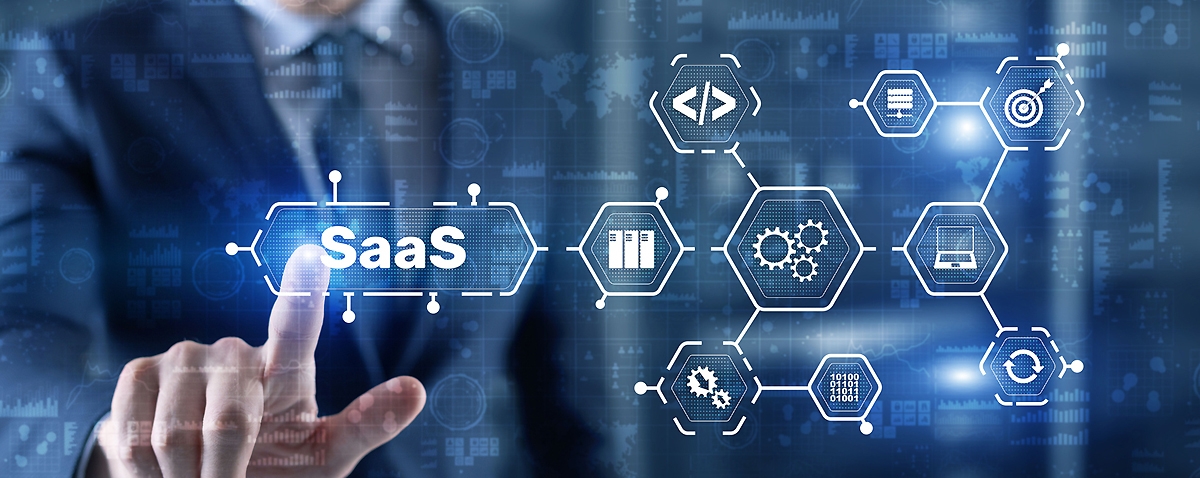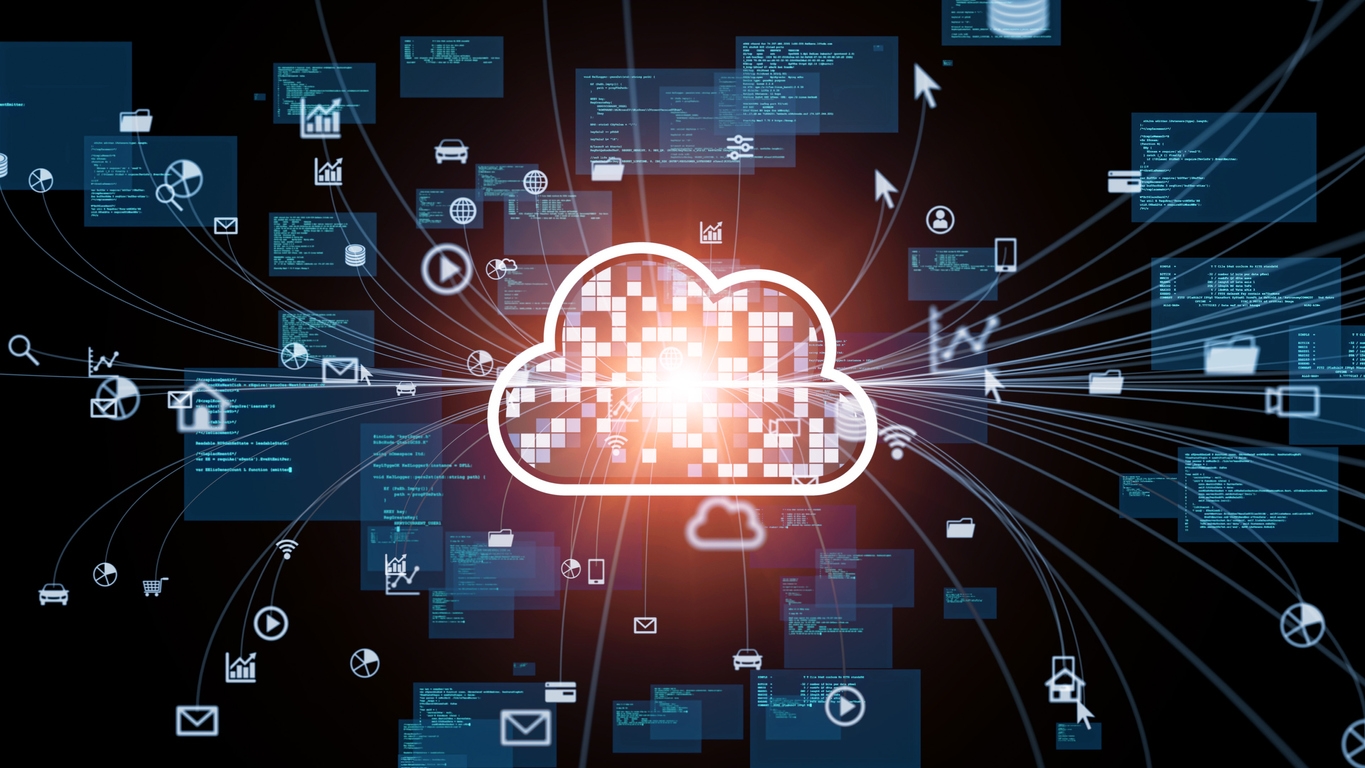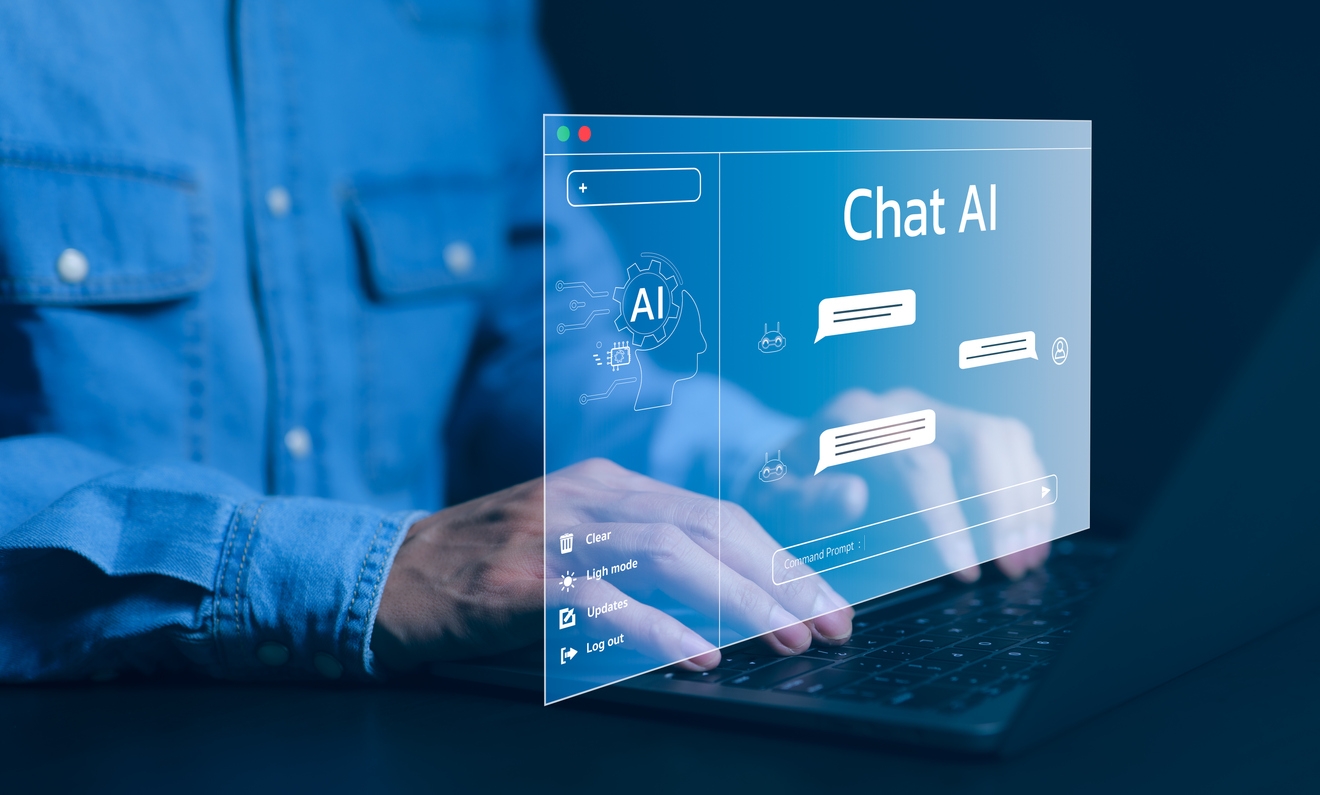Software as a Service (SaaS) is a software delivery model that offers web-hosted solutions. Through SaaS, businesses have access to third-party applications on the cloud, where they can use the applications on any device and from any location. This model enables businesses to reduce their IT costs, invest in automated solutions, and easily scale their operations.
Have you ever wondered what the future holds for the Software-as-a-Service (SaaS) industry? This fast-growing sector of the tech industry is changing the landscape of how business is done, with predictions of even more changes in the years to come. The SaaS industry has seen many innovations in recent years, and the next decade is sure to bring even more. So, if you’re interested in the future of SaaS and what the next decade holds for the industry, read on to find out.
Current State of SaaS
The global SaaS market is expected to grow from USD 273.55 billion in 2023 to USD 908.21 billion by 2030, exhibiting a CAGR of 18.7% during the forecast period. [1] Customers are increasingly opting for web-based software solutions due to their cost effectiveness and scalability. The most popular SaaS applications include customer relationship management (CRM), enterprise resource planning (ERP), collaboration tools, analytics and Business Intelligence (BI), human capital management (HCM), content management systems (CMS), marketing automation tools, payments as a service (PaaS) and E-commerce services.
SaaS Model | Application |
CRM | Manage and analyze customer interactions and data for improved business relationships. |
ERP | Integrates business processes and data into a unified system for efficient management and decision-making. |
Collaboration tools | Facilitate teamwork by enabling real-time communication, file sharing, and project management for remote or dispersed teams. |
Analytics and BI | Involve data analysis and visualization for informed decision-making and business insights. |
HCM | A strategic approach to managing employees as valuable assets for an organization's success. |
CMS | A software that helps create, edit, and manage digital content easily. |
Marketing automation tools | Streamline repetitive tasks, like email campaigns and social media scheduling, to increase efficiency and customer engagement. |
Payments as a service (PaaS) | Cloud computing that provides a ready-to-use platform for application development and deployment. |
E-commerce | Online buying and selling of goods/services, facilitating transactions over the internet for global market accessibility. |
In terms of players in the market, Microsoft Azure remains one of the leading providers in the field. [2] Its mission-critical applications such as Office 365 and its innovative AI capabilities are great for building sophisticated enterprise solutions.
Amazon Web Services is also growing strong in this sector with its wide range of cloud services and cost-effective solutions. [3] In addition to these big players, other companies such as Salesforce and Oracle are making great strides in delivering advanced SaaS solutions to their customers.
Major SaaS Trends
If you are wondering how SaaS is being used, here are some major SaaS Trends currently used by businesses:
- Automation of Processes: Businesses are increasingly leveraging SaaS solutions to automate manual processes such as sales forecasting, quote generation and invoicing for faster delivery of products and services.
- Cloud-Based Analytics: Companies are investing in cloud-based analytics tools to make better informed decisions based on real-time data. This helps them stay ahead of their competition and make more efficient use of resources.
- Big Data Integration: Organizations are also integrating big data into their existing infrastructure for better insights into customer behavior and market trends. This enables them to deliver personalized services to customers.
- Mobility: Mobility is playing an important role in the delivery of web-based services with customers expecting anytime/anywhere access to products/services from their devices. Thus, companies are looking for ways to develop mobile applications which provide easy access to their services.
Adoption Rates and Challenges
The adoption rate for SaaS solutions has been increasing steadily over the past few years. [4] The reason behind this is its ease of use and cost effectiveness compared to on-premise software solutions.
However, there are still challenges that need to be addressed in order for organizations to leverage the full potential of SaaS solutions. There are security concerns related to data privacy/protection on cloud-based systems as well as challenges related to integration with existing IT infrastructure. [5]
Plus, organizations need to constantly update their systems in order for them to remain competitive in today’s rapidly changing technological environment.
Innovation in SaaS
The future of software as a service (SaaS) is filled with possibilities, and the industry is constantly innovating in response to changing user needs and technological advancements. With the integration of modern technologies SaaS applications will soon look very different compared to how they appear today. Let’s explore some industry predictions for what the future may have in store.
Artificial Intelligence and Machine Learning in SaaS Applications
AI and ML are transforming the way we interact with data and digital services, including those provided by SaaS platforms. AI-enabled SaaS applications can automate processes to reduce human effort, from managing customer queries to automatically scaling cloud instances in response to rising demand.
ML can allow businesses to better understand customer behavior, prioritize tasks based on data trends. This will facilitate predictive analytics that identify trends and deliver more personalized experiences while reducing wastage of resources.
Integration of Internet of Things (IoT) with SaaS Platforms
The IoT is a network of connected physical devices that share data with each other, enabling greater control over devices from afar. For example, in a retail store setting, IoT-enabled sensors in shelves can detect low stock levels and report the information back to a central system for timely restocking.
The integration of IoT with SaaS platforms provides an efficient means by which businesses can monitor their physical assets, equipment, and inventory levels remotely.
Blockchain Technology and Its Impact on SaaS Security
Blockchain technology is becoming increasingly popular as a means to improve information security on SaaS platforms. By employing cryptographic algorithms and distributed ledger systems, blockchain technology ensures greater data integrity through secure encryption standards.
This is beneficial for businesses looking to ensure trust between customers and providers while maintaining regulatory compliance in certain industries such as finance or healthcare.
Virtual and Augmented Reality in Enhancing SaaS User Experience
Virtual Reality (VR) and Augmented Reality (AR) are being used to create increasingly interactive user experiences on SaaS. Such applications that offer an immersive experience unmatched by traditional web or mobile interfaces.
VR allows users to interact with digital environments using their motions or gestures, while AR overlays digital information onto a user’s physical environment for a more realistic experience than traditional 2D interfaces provide. For example, AR could be used in retail stores to view product specifications or customer reviews without having to locate the product first, saving time and enhancing the overall experience for customers.
Looking ahead into the future of SaaS applications, it is likely that these technologies will be integrated further into existing models as they become more widely deployed across industries.
Predictions for the Future of SaaS
The future of software-as-a-service (SaaS) is bright, and businesses all over the world are leveraging these cloud-native solutions to maximize efficiency and optimize operations. As it continues to expand and evolve, there are several predictions for what the future might hold. Following are some SaaS tips, tricks, and strategies for business success in future.
Continued Growth and Expansion of the SaaS Market
The continued growth and expansion of SaaS is one of the most defining trends in today’s technology landscape. [6] This trend shows no signs of slowing down, as more and more businesses are embracing cloud-native solutions and new technologies to improve their operations and provide a better experience for their customers. As the SaaS market matures, it’s also likely that we will see a proliferation of more targeted solutions designed for specific industries or verticals that can meet their unique needs.
Industry-Specific SaaS Solutions and Verticalization
As the demand for automation grows businesses are seeking out specialized SaaS solutions to target specific industry needs. This phenomenon is known as verticalization, where vendors focus on delivering tailored solutions based on deep insights into a particular sector or area.
For example, instead of offering a generic HR software solution, vendors may develop verticalized HR management systems that cater to needs such as recruiting, payroll processing, employee onboarding, etc., all within a single platform.
While verticalization has been on the rise in recent years, it’s likely that this trend will continue in the near future as companies look to customize their software solutions in order to stay competitive in an ever-changing digital landscape.
Hybrid SaaS Solutions and Multi-Cloud Strategies
Hybrid cloud strategies have been gaining traction in recent times as businesses strive to achieve greater levels of flexibility and scalability. These solutions allow companies to combine public cloud services from different providers with private clouds on premises or hosted on site. With such multi-cloud strategies, organizations have more control over which data is stored where. They can switch between providers when necessary without having to incur additional costs or downtime caused by a full migration process.
It’s likely that we will see an increased adoption of hybrid cloud strategies in the coming years as businesses look to maximize their return on investment and optimize performance with greater agility than ever before.
Enhanced Focus on Data Privacy and Security
As cloud usage continues to grow at an unprecedented rate, organizations are paying closer attention to data privacy and security issues than ever before. Cloud providers must ensure that their data storage solutions meet stringent government regulations or face hefty penalties.
With data privacy becoming increasingly important, it’s likely that cloud providers will continue investing in infrastructure and processes designed to protect customer information from unauthorized accesses.
Emerging SaaS Trends
The software as a service (SaaS) market is an ever-evolving industry that continues to adapt to the changing needs and demands of customers. With advancements in technology, SaaS companies are able to offer new and innovative products, driving growth for the entire industry.
Serverless Computing and Its Impact on SaaS Development
Serverless computing is revolutionizing how software is built, deployed, and managed. By using serverless technology, developers are able to eliminate the need for traditional hosting services while still offering all of the same features and benefits of a typical web application.
With serverless computing, developers can focus more on writing code rather than managing infrastructure. This shift has allowed for more efficient development cycles and faster time to market for new software products.
Democratization of SaaS Through No-Code/Low-Code Platforms
No-code/low-code platforms are democratizing software development by allowing anyone with minimal coding experience to develop functional software applications. These platforms allow users to quickly develop and deploy software applications within a matter of hours or days.
They are quickly becoming popular among entrepreneurs who want to launch their own business without having to hire a team of developers or invest in expensive infrastructure.
Subscription Models and Pricing Strategies in the SaaS Industry
The subscription-based business model has become increasingly popular within the SaaS industry due to its flexibility and scalability benefits. Companies can offer their products as either pay-as-you-go models or pre-paid packages that give customers access to premium features or services over a given period of time.
The ability to adjust pricing based on customer needs has allowed companies to remain competitive by offering flexible options that meet customer needs. Plus, subscription models have opened up new ways for companies to monetize their products beyond just one-time payments allowing for recurring revenue streams that are less volatile than traditional sales models.
Conclusion
In conclusion, the future looks bright for software-as-a-service (SaaS). The business model continues its steady growth trajectory with increased adoption from enterprise customers. With its advances in automation and security technologies SaaS solutions are well positioned for more success going forward.
By understanding these trends now, you can create effective strategies for your business that appeal to customers.
References
[1] Software as a Service [SaaS] market size & growth, 2030. (n.d.). Google. https://www.google.com/amp/s/www.fortunebusinessinsights.com/amp/software-as-a-service-saas-market-102222
[2] Simplilearn. (2020, May 11). AWS vs Azure: Which cloud platform should you choose in 2022? Simplilearn.com. https://www.simplilearn.com/tutorials/cloud-computing-tutorial/aws-vs-azure
[3] What is Amazon web services and why is it so successful? (2016, January 13). Investopedia. https://www.investopedia.com/articles/investing/011316/what-amazon-web-services-and-why-it-so-successful.asp
[4] Bose, A. (n.d.). Top 6 SaaS trends to keep an eye on in 2023. Google. https://www.google.com/amp/s/learn.g2.com/saas-trends%3fhs_amp=true
[5] Top 17 SaaS security risks & issues – Mitigation guide [2023]. (2023, January 3). WP Hacked Help Blog – WordPress Security Knowledgebase. https://secure.wphackedhelp.com/blog/saas-security-risks/amp/
[6] The state of SaaS in 2022: Growth trends & statistics. (n.d.). BMC Blogs. https://www.bmc.com/blogs/saas-growth-trends






